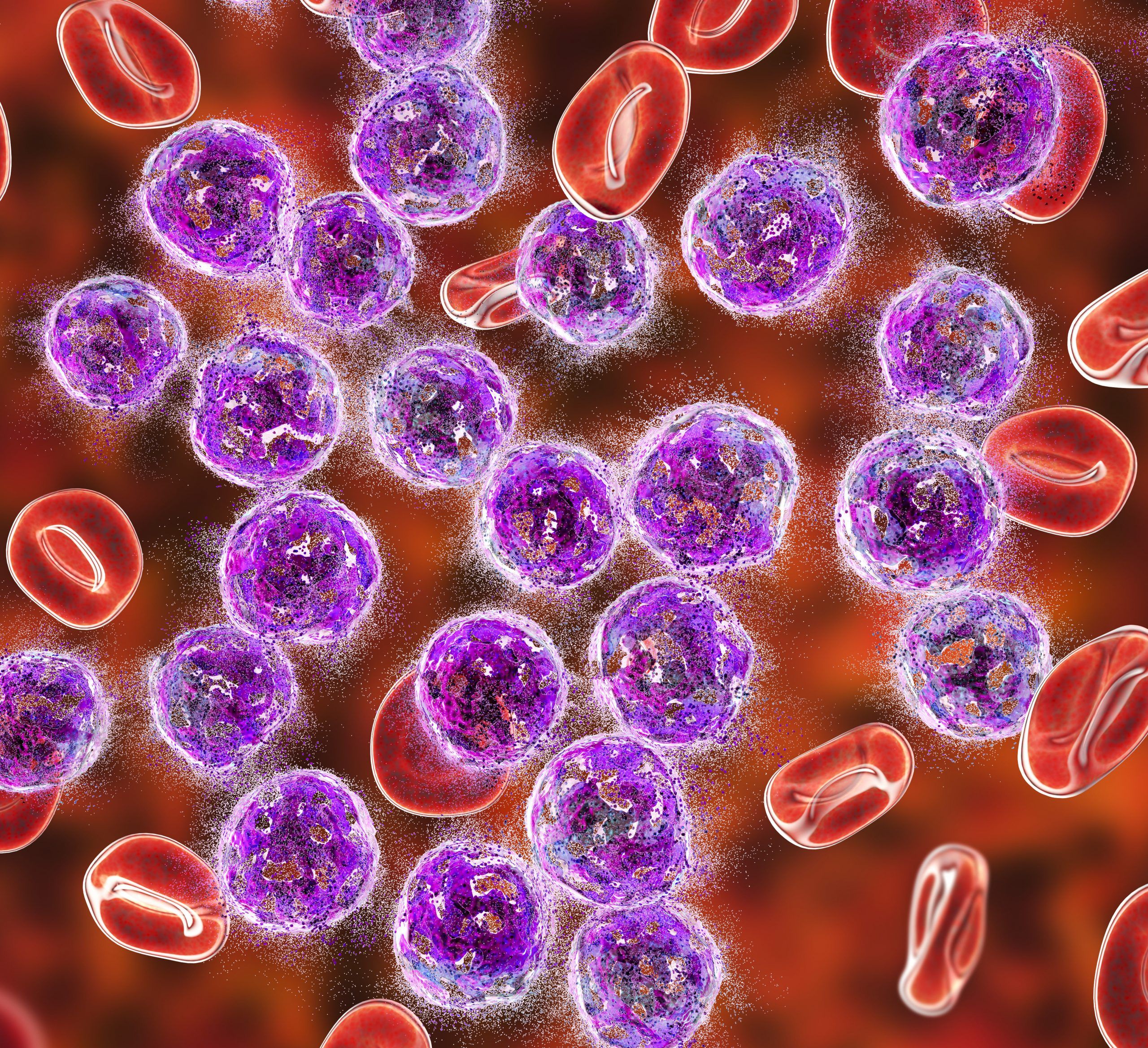What is Cytoreduction in MPNs?
Dr. Douglas Tremblay of the Ichan School of Medicine explains the necessity of cytoreductive therapy for patients with MPNs such as essential thrombocythemia and polycythemia vera.

Cytoreduction is crucial for preventing serious complications for patients with essential thrombocythemia (ET) and polycythemia vera (PV) — both types of blood cancers that fall under the category of myeloproliferative neoplasms (MPNs), as Dr. Douglas Tremblay, explained in an interview during the 65th American Society of Hematology (ASH) Annual Meeting.
“Thrombosis is the leading cause of morbidity and mortality in patients with polycythemia vera and essential thrombocythemia, and these (cytoreductive therapy) medications are given in order to mitigate that risk,” said Tremblay, an assistant professor of medicine at the Icahn School of Medicine at Mount Sinai in New York City.
Tremblay, writing in Hematology, ASH Education Program, explained that approved treatments for cytoreduction among patients with ET and PV include hydroxyurea and long-acting interferons, plus anagrelide for patients with ET and Jakafi (ruxolitinib) for those with PV.
Tremblay discussed cytoreductive therapy, when it is best to start treatment and support services that are available for patients.
Q: Can you discuss what cytoreduction is and how it works for ET and PV?
A: Cytoreductive therapy refers to multiple medications which are given with the purpose of reducing blood counts in both essential thrombocythemia and polycythemia vera but are also given for the purpose of reducing thrombotic risk, which, thrombosis is the leading cause of morbidity and mortality in patients with polycythemia vera and essential thrombocythemia, and these medications are given to mitigate that risk.
Q: What factors influence the decision to recommend cytoreduction for these patients?
A: The discussion around when to start cytoreductive therapy around chronic MPN patients (with) PV and ET really has to do with risk stratification and the risk stratification scheme is available (and) largely used through the ELN risk classification, which dictates (that) high-risk patients older than an age of 60 or those who have a prior thrombosis. And, in ET, there are additional risk stratification schemas, including the IPSET-thrombosis (model) and the revised subset thrombosis score.
These can dictate which patients are at high risk for thrombosis and (who) then would benefit from cytoreductive therapy. But many of these different factors exist on a continuum such as age in particular, and what I highlighted in my talk (as ASH) is that there's no difference in your risk stratification (on) the day that you turn 61 years old. It's very important to understand someone's biological age, including their cardiovascular risk factors, that can inform their overall risk of having a blood clot in these diseases.
Q: What support services can be made available for patients during and after cytoreductive treatment?
A: I think a lot of support services for patients with PV and ET during cytoreductive therapy really revolve around mitigating toxicities and trying to understand what some of these toxicities are. And I think it's really helpful to partner with your physician to try to understand what sort of additional resources are available.
Some of these medications, (they) can also have a high financial cost too. There are support services available to help patients who are eligible to try to enjoy the benefits of some of these newer medications to improve their outcomes.
A lot of treatment of PV and ET really involves more of a holistic approach and not just focusing on the blood counts, but really focusing on other parameters that each patient has and trying to optimize those in order to ensure the best long-term outcomes.
Transcript has been edited for clarity and conciseness.
For more news on cancer updates, research and education, don’t forget to subscribe to CURE®’s newsletters here.